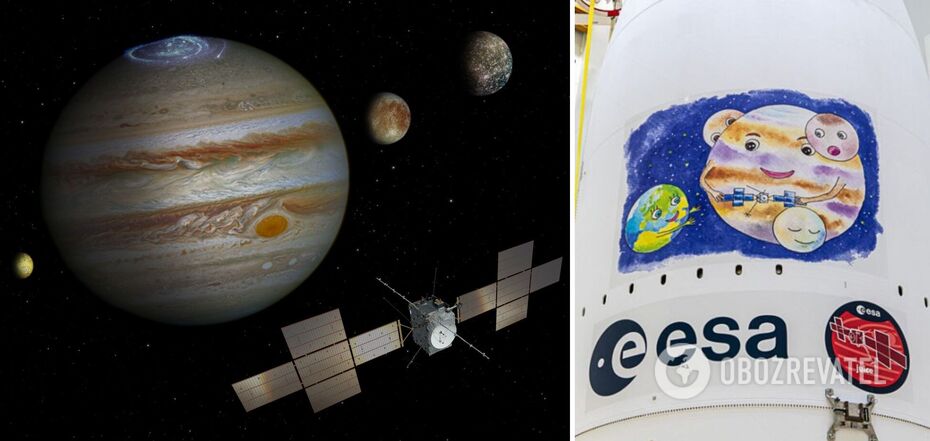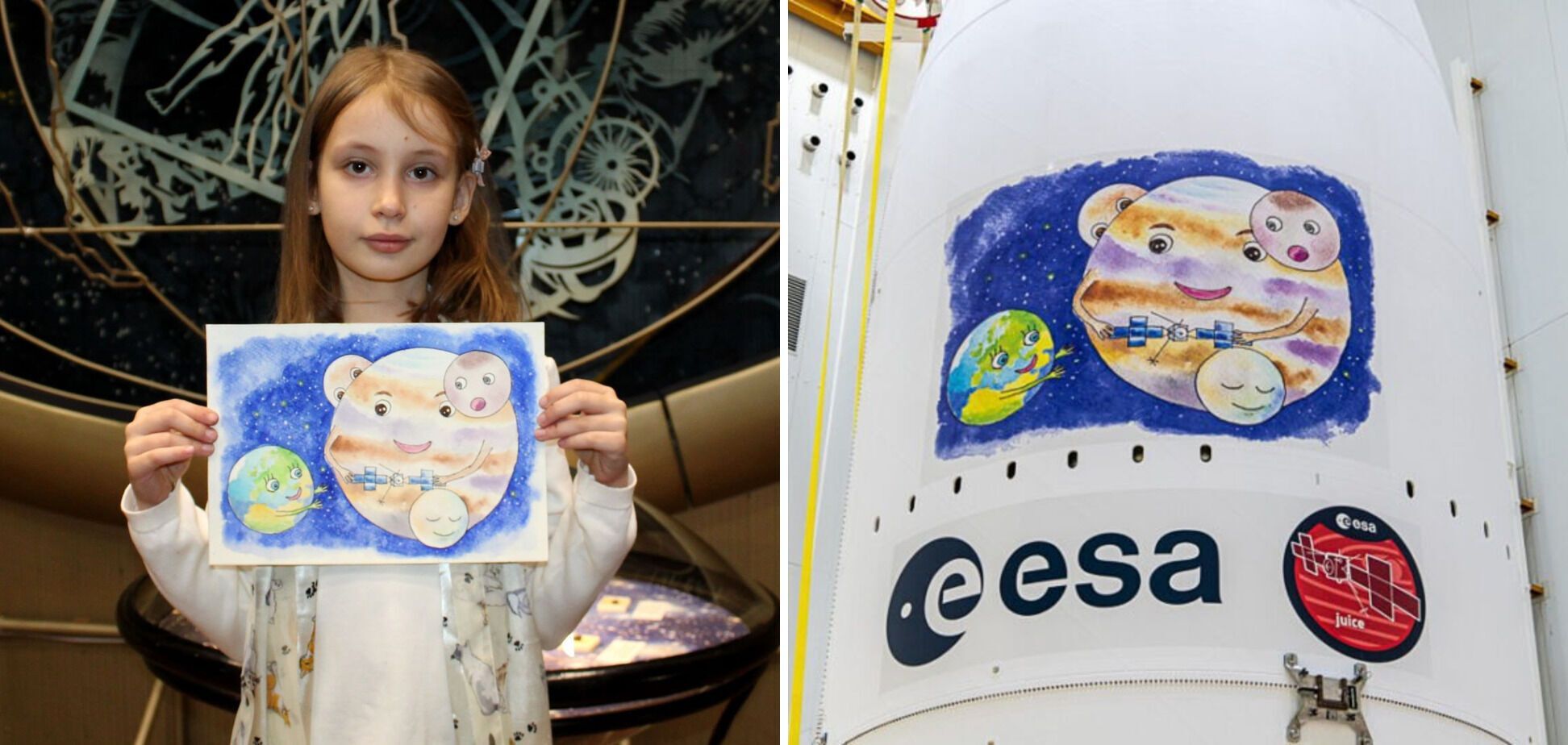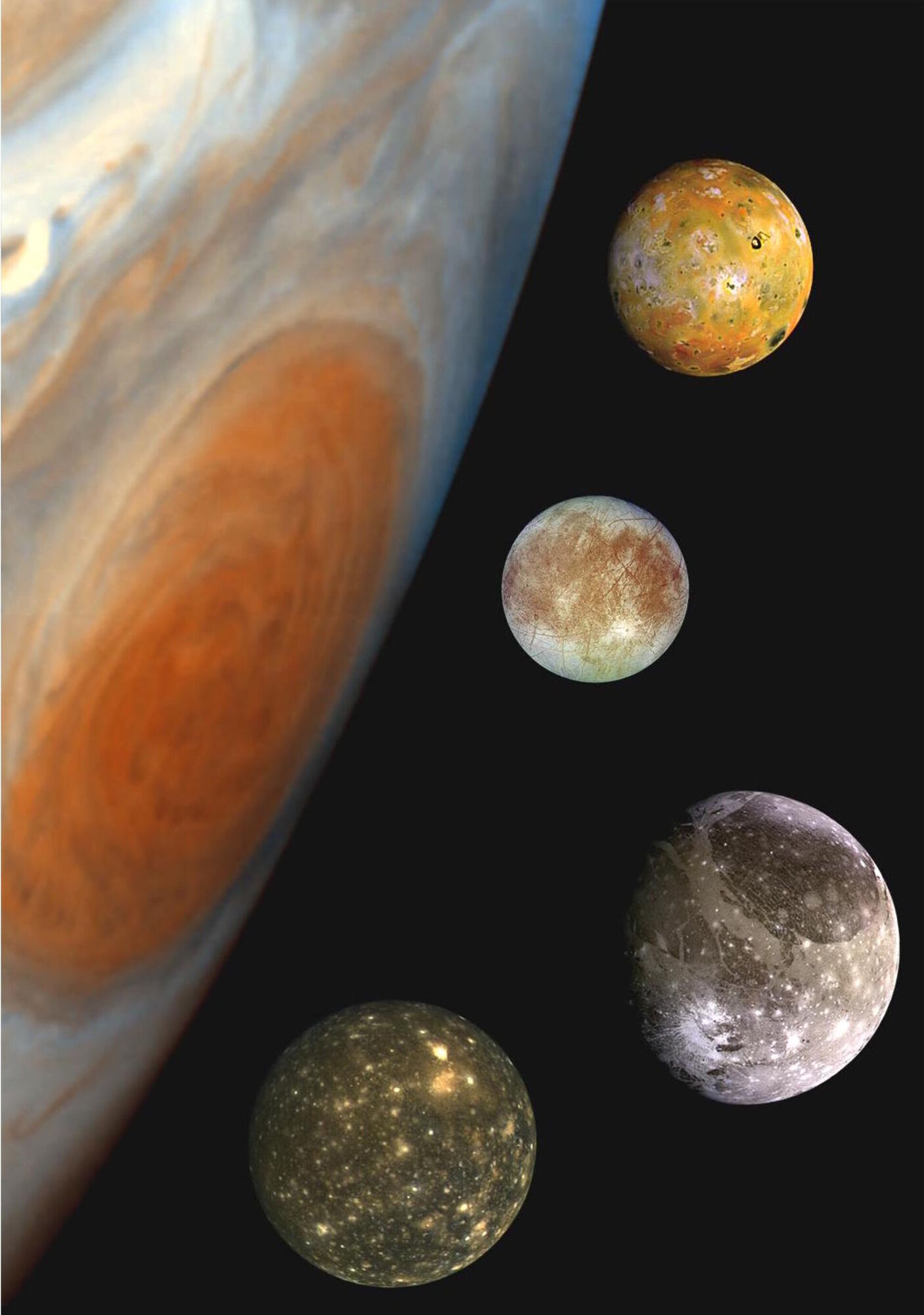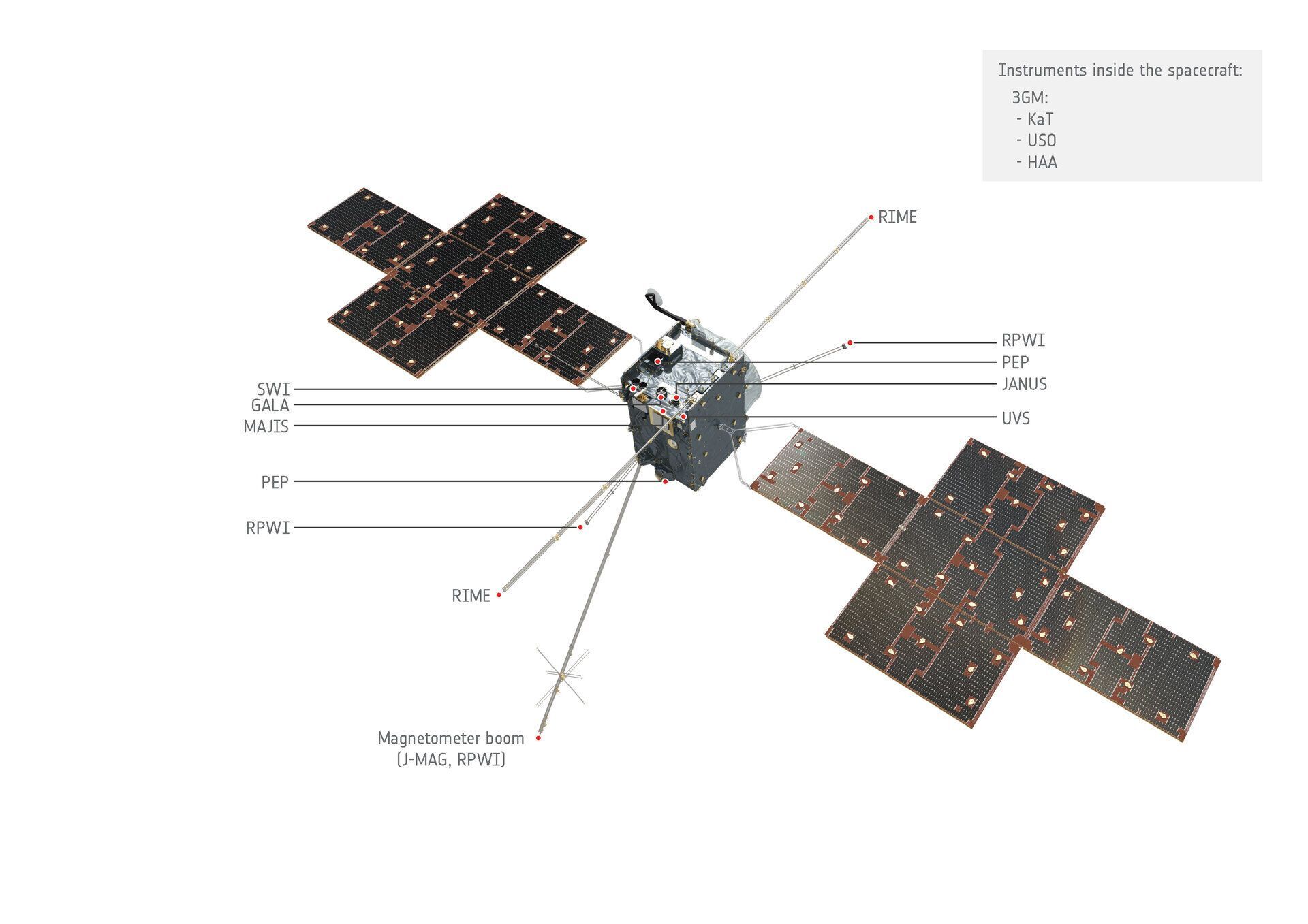Life
Search for life and secrets of the Universe: why humanity launched a mission to Jupiter
On Friday, April 14, the European Space Agency (ESA) launched the JUICE space mission (Jupiter ICy moons Explorer), which will seek to answer one of the most intriguing questions: whether there are conditions for life outside the Earth. The main goal of the mission is to explore the icy moons of Jupiter - Ganymede, Europa and Callisto - and find out if there is a possibility that their oceans are home to alien life.
Scientists are trying to answer the question of whether the origin of life on Earth was a unique case and whether there may be conditions for life in the worlds formed around gas giants.
Despite the fact that the probe will arrive in the Jovian system only in 2031, scientists are already hoping to obtain revolutionary data. The details in The Conversation article were provided by Carole Larigoderi of the National Centre for Space Studies (CNES), who is the deputy director of projects in the field of universe sciences and the head of the French part of the JUICE project.
A rocket with a picture of a Ukrainian woman
JUICE received the green light from officials only 11 years ago and, despite the COVID pandemic that confused scientists, the rocket was on the launch pad only 9 months late. Interestingly, the rocket, in addition to the official logos, was decorated with a drawing by Ukrainian Yaryna Zakalyuzhna. In 2021, the 8-year-old girl won the Juice up your rocket drawing competition announced by ESA.
EUR 1 billion was allocated to finance the project under ESA's Space Vision programme. In total, at least 13 EU countries, as well as the United States, Japan and Israel, participated in the programme.
The probe has a wingspan of 28 metres and a 2.5-metre-long communication antenna. It weighs almost 6 tonnes at launch (most of it is fuel, which will be used to manoeuvre the probe) and is equipped with ten instruments, weighing less than 280 kg in total.
Larigoderi notes that the JUICE mission should find (at least try to) answer two questions
- how do planets form and life originate?
- how did the current Universe come into being and what is it made of?
Life beyond Earth
Jupiter is the largest planet in the solar system, with 82 to 95 moons orbiting it - more than any other planet. Many of these satellites have been discovered over the past two decades.
The Hubble Space Telescope and NASA's Voyager, Galileo and Juno probes have helped scientists discover that Jupiter's satellites are experiencing activity that suggests the existence of organic matter.
Back in 1995, Galileo discovered water on the moons of Jupiter. At that time, scientists received data that giant rare oceans were found on the icy moons Callisto, Europa and Ganymede, as well as on the volcanic moon Io.
Almost 20 years later, in 2014, Hubble discovered geysers on Europa, the bases of which were covered with salts, in particular carbonates. Therefore, scientists suspect that Europa may meet four habitability criteria:
- carbon, hydrogen, oxygen, nitrogen (CHON) - the basis for living things;
- water in liquid form;
- energy, which ensures the development of life;
- stable environment (orbit, rotation, average temperatures...)
The main goal is Ganymede
Ganymede, in addition to a giant ocean in which living organisms could have originated, has a magnetic field similar to that of the Earth. This is important because such a field protects living organisms on the planet from cosmic rays and radiation particles.
Hitchhiking through the solar system
JUICE's nine-year flight to Jupiter will be not only long, but also full of turns and accelerations. To do this, the spacecraft will "cling" to four different planets and satellites that will change and accelerate its trajectory. This will allow it to save fuel.
The JUICE mission also has a kind of "enemy". For the entire 9 years, the spacecraft will have to contend with the highest level of radiation in the solar system. Therefore, its electronic modules were placed in cavities and protected by a lead shield.
JUICE will also experience temperature rollercoasters: near Venus, it will "enjoy" the heat of +250°C, and as it approaches Jupiter, it will "winter" at -230°C. To maintain a stable internal temperature, the spacecraft was covered with multi-layer thermal insulation made of a grey silicon-aluminium alloy, which earned the probe the nickname "silver handsome".
"Green" space
The developers of the probe also had to figure out how to ensure the operation of the device near Jupiter, where it would receive 25 times less solar energy than if it flew around the Earth. Radioactive batteries could have been used, but Europe, unlike the US, Russia and China, is not capable of producing them on an industrial scale, so this idea was abandoned.
As a result, JUICE received huge solar panels with an area of 85 square metres. They will provide 1000 watts of power, which will allow all the devices on the vehicle to work. On Earth, only a small hairdryer can operate with such power.
Not only Jupiter
Among the instruments on board the probe is a spectrometer (MAJIS), which will allow to obtain images of the Moon (which JUICE will fly past) and Jupiter, as well as determine the physical and chemical composition of the surface of the Earth's satellite.
MAJIS will study their ice caps and liquid water, which will allow scientists to identify landing sites for future research and assess the structure and dynamics of Jupiter's atmosphere.
Full list of tools:
- JANUS - optical camera system;
- UVS - ultraviolet imaging spectrograph;
- MAJIS - a spectrometer for imaging the Moon and Jupiter;
- SWI - a device for measuring submillimetre waves;
- GALA - Ganymede Laser Altimeter;
- RIME - radar for the study of icy satellites;
- J-MAG - magnetometer instrument for JUICE;
- PEP - sensors for characterising the plasma environment of the Jovian system;
- RPWI - research of radio waves and plasma waves;
- 3GM - studies of gravity and geophysics of Jupiter and satellites.
Earlier OBOZREVATEL also told about what happens on Saturn that astronomers have never seen in the solar system.
Subscribe to OBOZREVATEL's Telegram and Viber channels to keep up with the latest news.






























